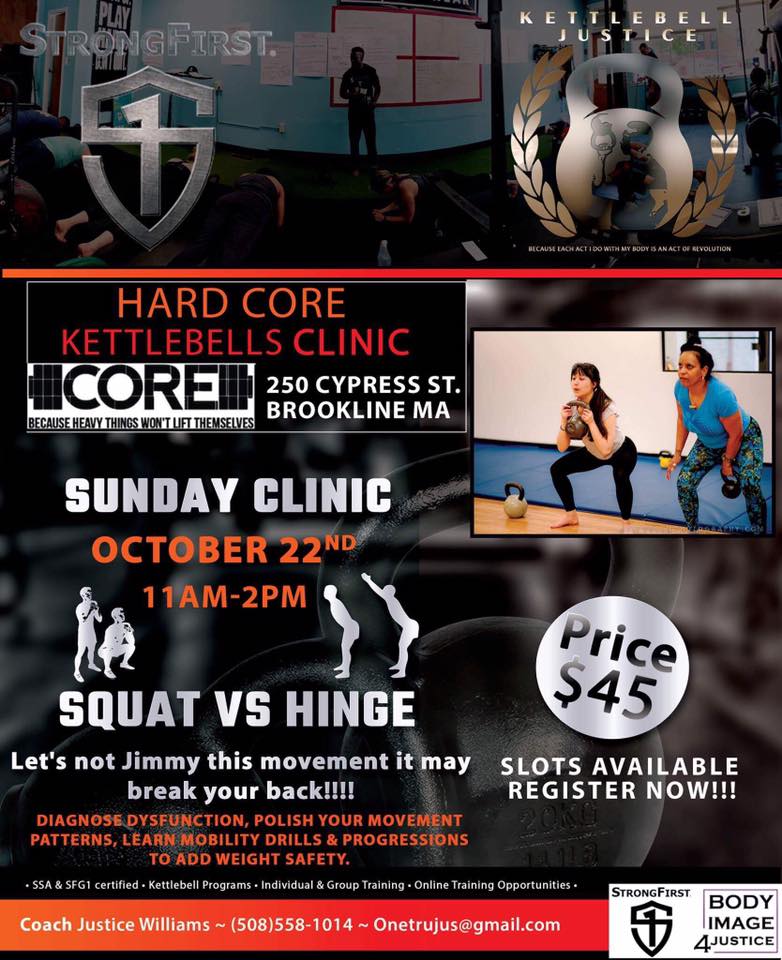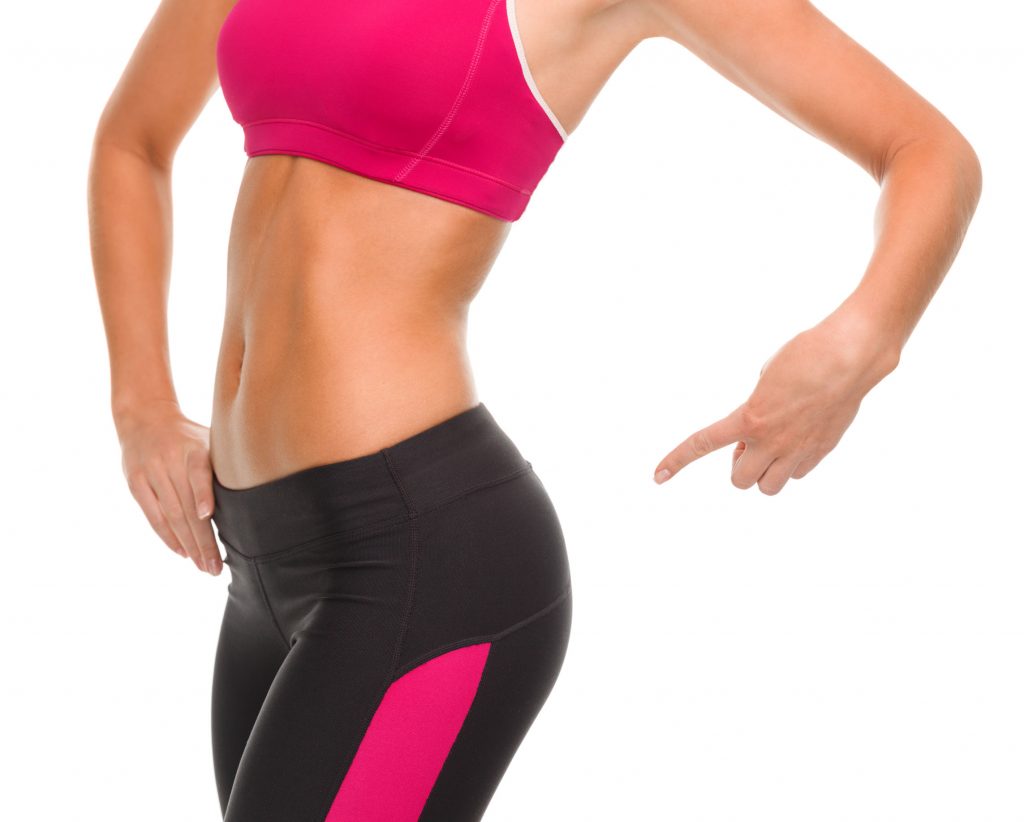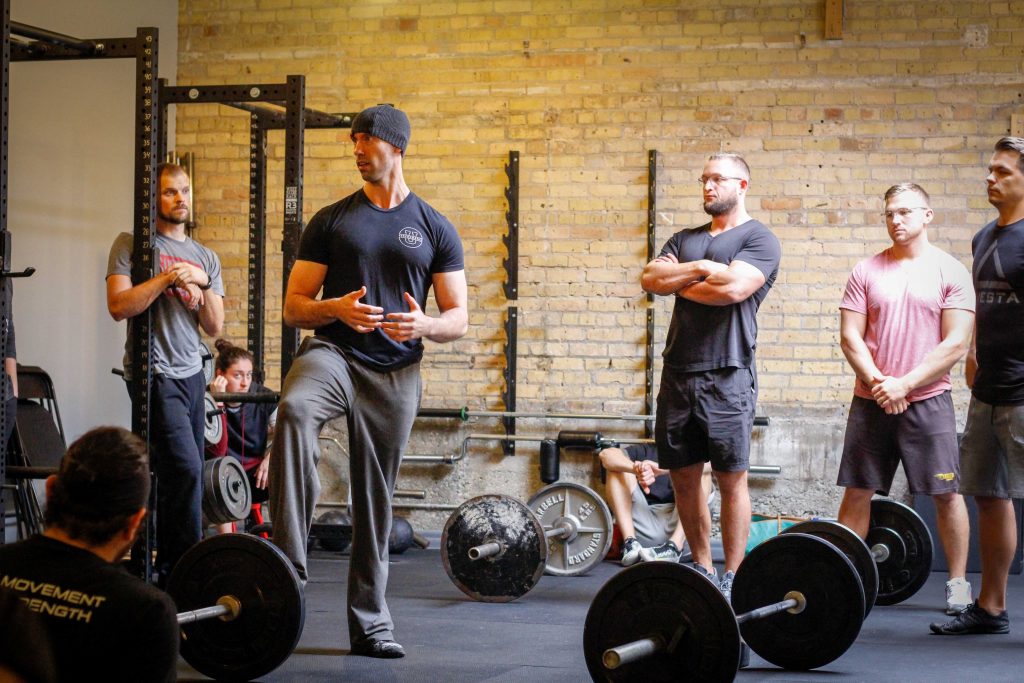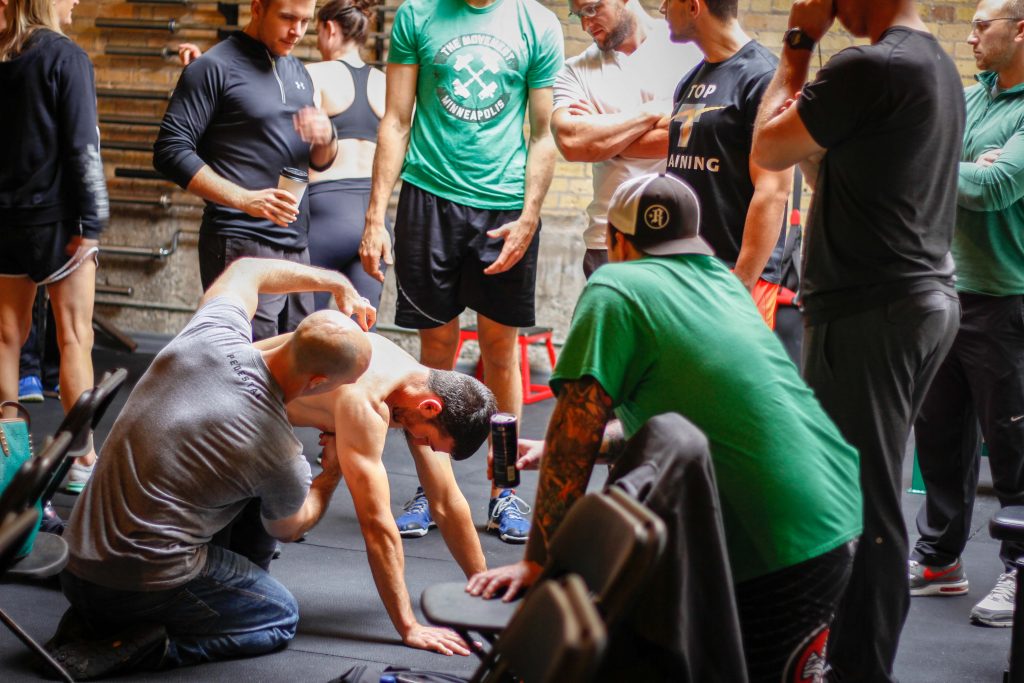When friend and fellow Boston-based coach, Lana Sova, pitched an article shedding light on some common mistakes she see’s other women make with regards to deadlifting, it goes without saying she had me at deadlift.
Lana’s a great coach and strong herself, boosting a 300+ lb deadlift. She knows a thing or two when it comes to picking things up and putting them down.
Lets get to it.
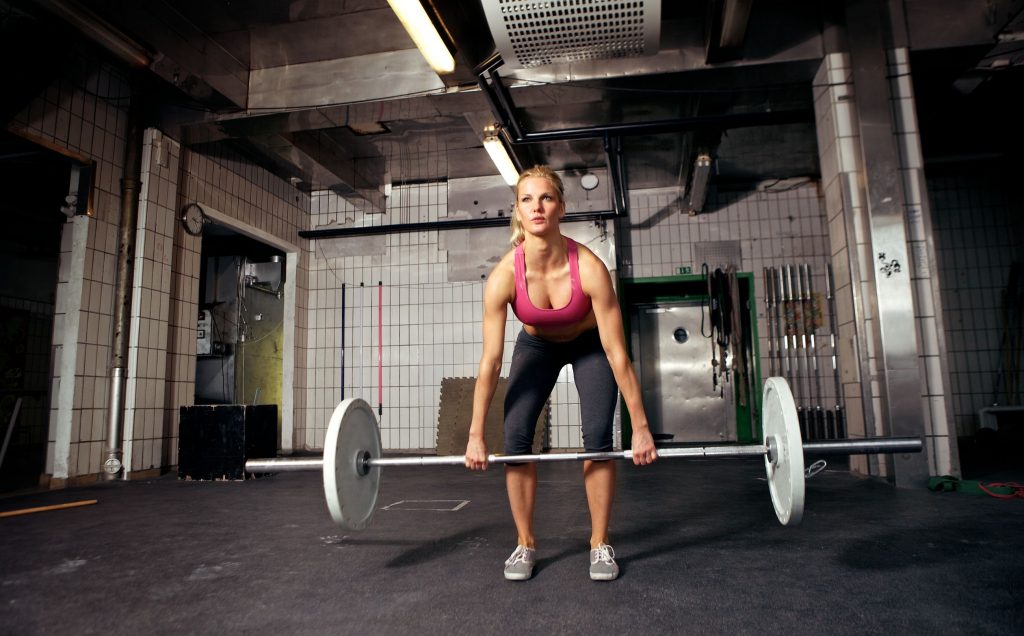
4 Mistakes Women Make When Deadlifting
Four years ago, I could spot one or two women in the strength area of my gym doing deadlifts, and one of them was a trainer. Now, the love for deadlifts has increased among women.
As a powerlifter and a coach, I love to see the change 99% of the time, but there is still that one percent that makes me want to throw myself into the wall every time I see someone deadlifting.
These days, it seems like deadlift technique is being preached from every corner of social media. And if you are not a fitness professional, you have no idea whether it’s good or bad advice.
Therefore, in true Wonder Woman fashion, I’m attempting to save the world, or at the very least to save you from getting injured while deadlifting, and potentially help you put 20 to 30 pounds — even 50 —on your deadlift instantly.
Here are four deadlift set-up mistakes I see women make.
Mistake #1. Bar and Shin Distance
There are two ways I see women approach the barbell. They either stand too far away from the bar, like it’s gonna bite them, or they step so close it tickles.
The thing is, in both cases, you end up pulling the bar with your lower back. Why? Because the bar is either set up too far forward or ends up being shifted there.
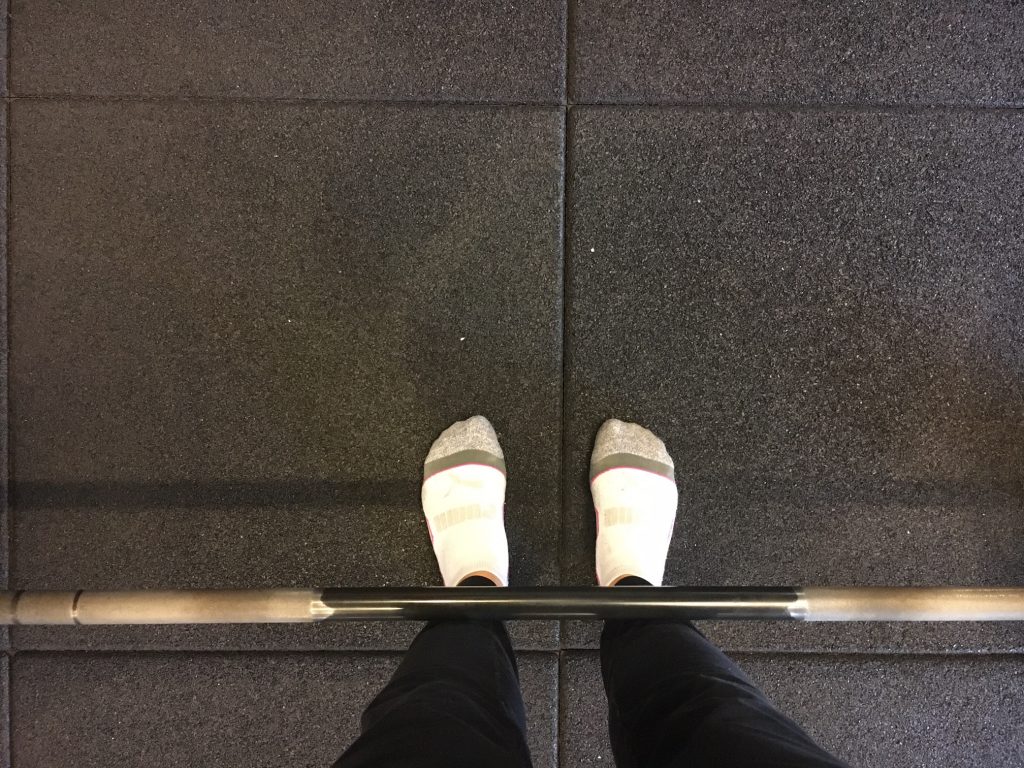
Feet too close.
Lets see what it looks like in action:
As you can see from the video above the initial set-up is awkward – namely, not allowing for any forward translation of the tibia – which then pushes the bar away, which then makes the DL more “squatty” and pushing the axis of rotation (hips) further away, which then places much more stress on the lower back.
Not cool.
Conversely, here’s what it looks like when the feet are set up too far away.
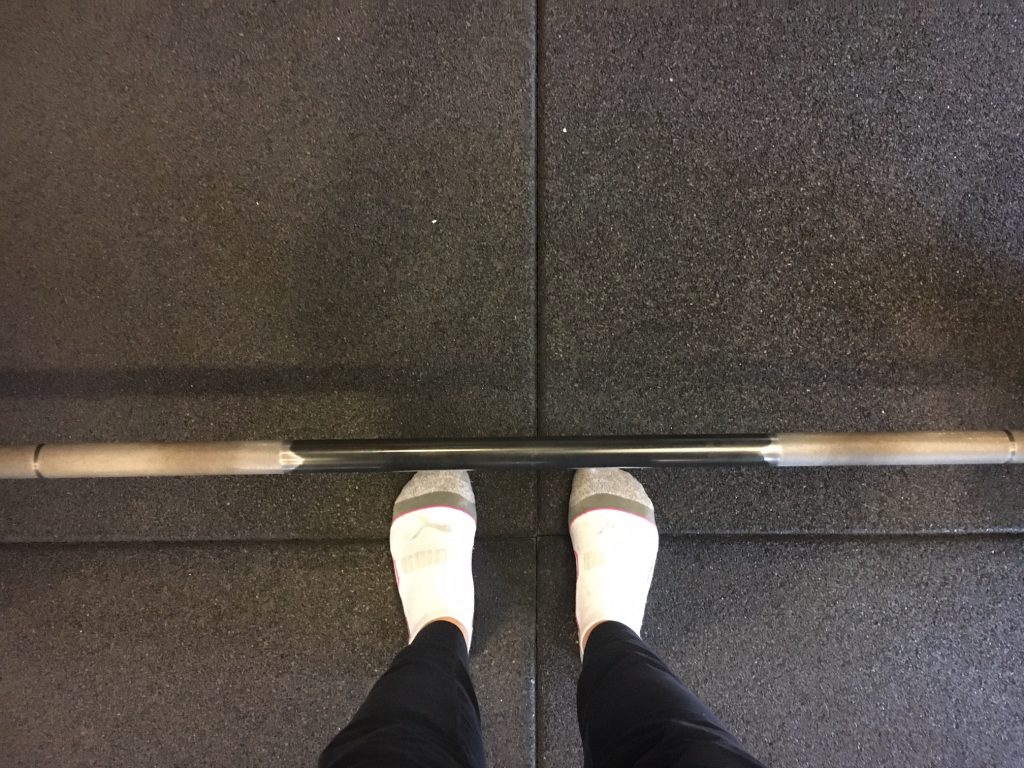
Feet too far (away)
And here’s what that looks like in action:
Again, not an optimal set-up. And a lower back that will end up pissed off.
So we gotta find the middle ground.
To avoid pulling the barbell with your back, set up so that your middle foot is right underneath the barbell.
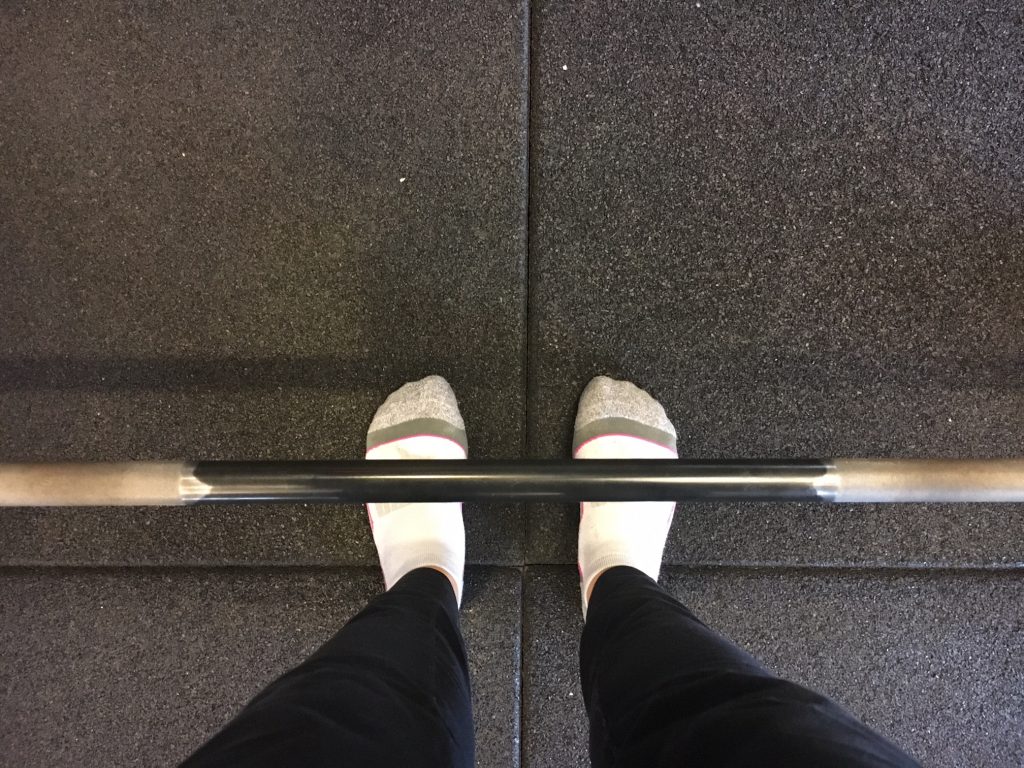
Feet juuuuuuust right.
The end result is something that looks like this:
Mistake #2. Slacking to Pull the Slack
Did you know there are such things as Meggings? I might be late to the party, but damn those things are tight.
When you deadlift, you want your whole body to almost explode from the tension you created in your set-up.
Pulling the slack out of the bar means exactly that. Make that shit tight. Just like the meggings.
You want to create tension in your hamstrings, gluteus muscles, and lats.
Here’s how I like to teach my clients to pull the slack out:
- We first make sure their heels are screwed into the floor – check.
- Gluteus muscles engaged — check.
- Then we squeeze the purses in their pits. Lats are tight — check.
- And lastly, as they reach the bar, they “bend” it and shift their weight onto their heels. Bend the bar — check.
- Impromptu dance-parry prior to set is optional – check.
Mistake #3. Head Position
Your body is like a chain that consists of segments. Your head is the last piece of this chain. If your head is tilted, turned, extended, or, I don’t know, rotated 180 degrees, it will change the position of the next piece of the chain — your upper back.
An excessively rounded upper back is a big no-no when deadlifting. If you’re one of the people who always has to watch herself in the mirror while deadlifting, you might want to stop.
I get you want to make sure your form is right, but you’re making it even worse.
Instead of looking in the mirror, look at the bottom of the mirror. This will help you to put your head in a position that doesn’t force your upper back into flexion, or excessive rounding.
Mistake #4. Mindset
For some reason, when it comes to deadlifting, every client turns on her lady-like operations, and treats the barbell like it’s a kitten.
But if your goal is to deadlift your significant other’s weight (or triple that), you might want to be a little more aggressive.
You want to attack the bar.
So leave all your love for kittens behind the gym doors, and rip that shit off the floor, like you’re family’s life depends on it.



